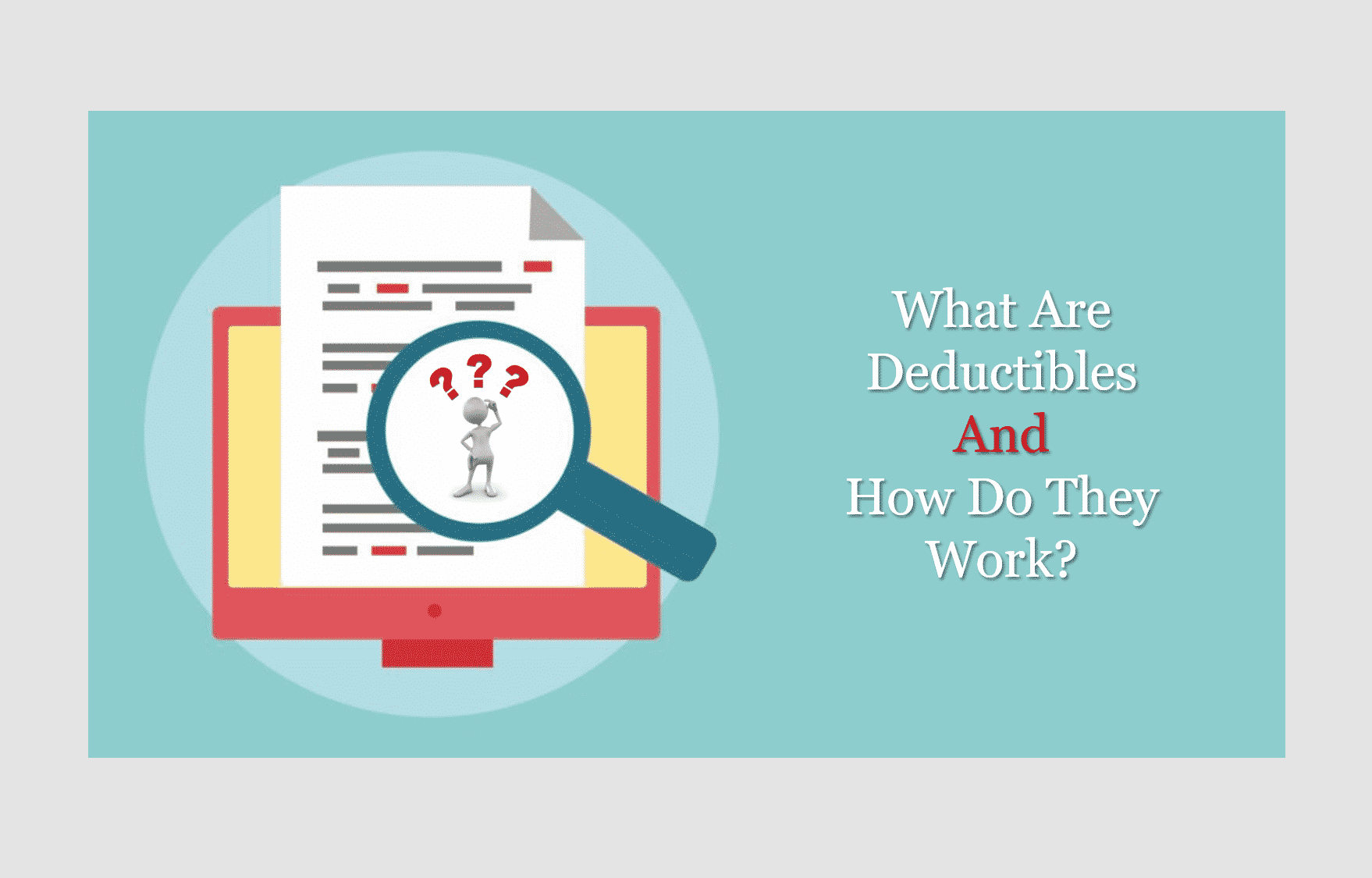
Medicare
health insurance plans can seem complicated. Take deductibles, for example.
They’re important to understand for your pocketbook, but do you know how they
work? To get you started, here are answers to some common questions we get from
our clients.
1. What is a deductible?
A deductible is the amount you pay for health
care services each year before your Medicare plan starts to pay. For example,
if you have a $500 deductible, you pay the first $500 of the services you need.
Prescription medications typically have their
own separate deductible. Be sure your prescriptions are covered by your plan.
After you meet your Rx deductible, you will only have to pay your copay for
covered medications.
2. What happens after I meet the deductible?
Once you have met your deductible, you
usually pay only a copay or coinsurance for covered services. Copay is a fixed
rate, for example $20 for an office visit. Coinsurance is a percentage of the
cost of care. For example, if your coinsurance is 80/20, you’ll pay 20 percent of
the costs and your Medicare plan pays the rest.
3. Does the deductible start over each year?
Yes. After you’ve met your deductible for
the year, it does not reset until the following plan year.
4. Do all health care services apply to my deductible?
Not always. Some plans cover preventive
services without needing to meet your deductible. Meaning, you don’t pay
anything at the time you get those services because they are paid out of your
monthly premium. Since you don’t have an out-of-pocket charge, those services
won’t count toward meeting your deductible. Moreover, if you receive care that
isn’t covered by your Medicare plan, it often won’t count toward your
deductible. This would include such things as cosmetic procedures or seeing a
provider who isn’t in your plan’s network.
5. Is a Medicare deductible different from other types of deductibles?
Yes. Unlike auto, renters or homeowner insurance where
you don’t get services until you pay your deductible, many Medicare plans cover
the cost of some benefits before you meet the deductible. For example, your plan
may cover the cost of annual physicals, many preventive health screenings, and
some disease management care before the deductible is met.
6. What are the pros and cons of a high or low deductible?
Typically, the higher the plan’s
deductible, the lower the monthly premium. So if you’re willing to pay more
when you need care, you can choose a higher deductible to reduce the amount you
pay each month.
Conversely, the lower the plan’s deductible, the higher the monthly premium. So you’ll pay more each month, but your plan will start to share the costs sooner because you’ll reach your deductible faster.





